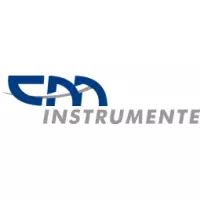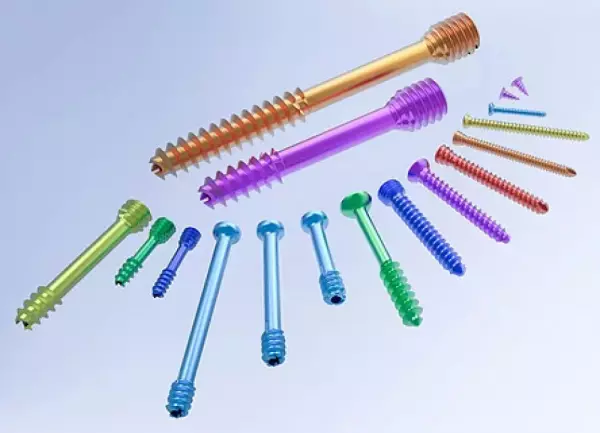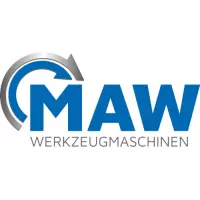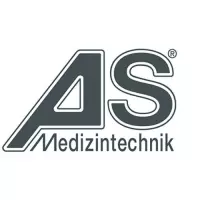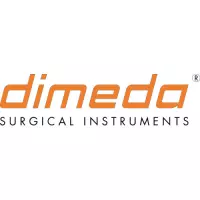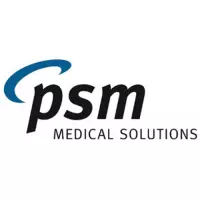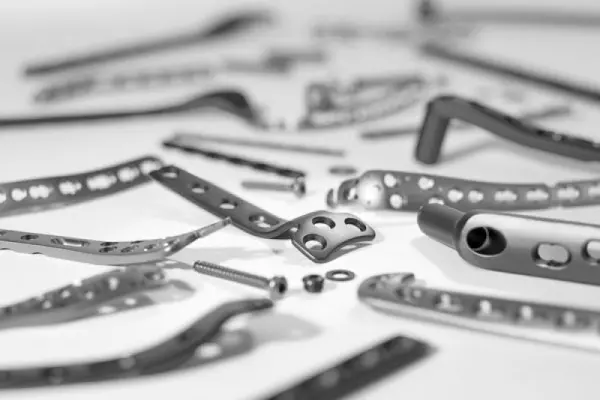
1 - 15 by 15 results

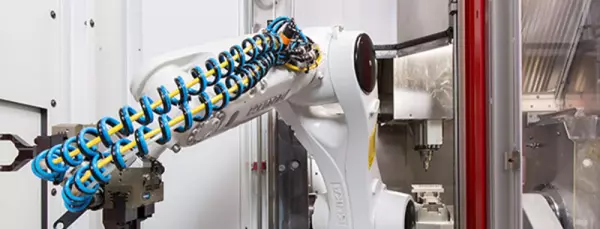
Of course, there are special requirements for implant production, especially when it comes to larg...
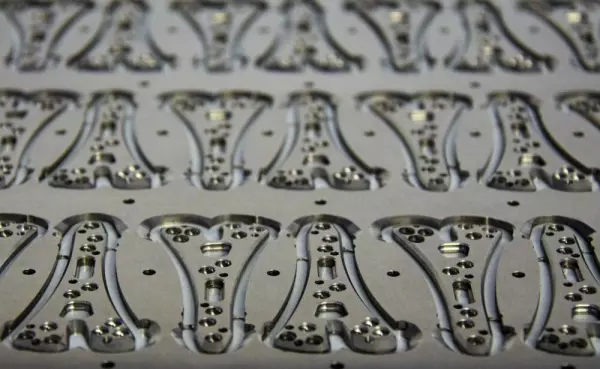
Deburr bone plates quickly and evenly Titanium bone plates are tough. This is because these parts...
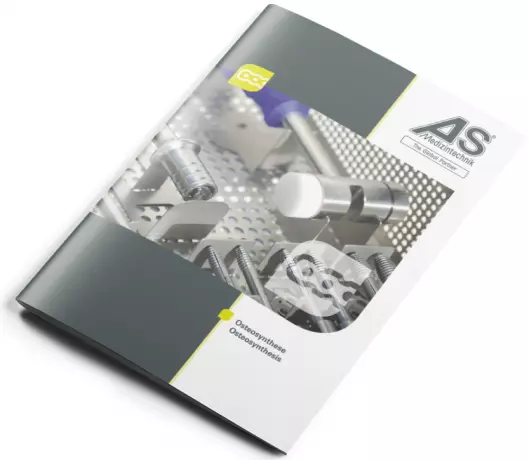
Instruments and implant systems for osteosynthesis
Plates and Screws for mini, small and large fragments are only a selection from our wide range. With...
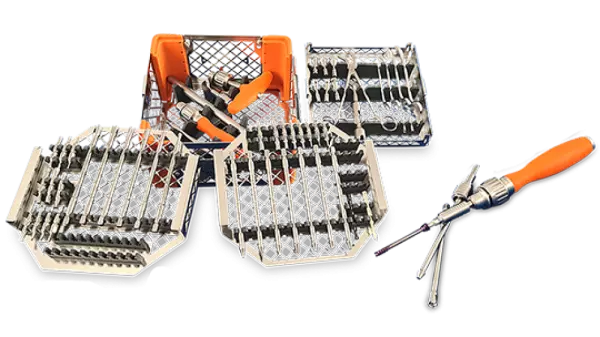
FastExtract® MX – Easy Screw Removal - universal...
FastExtract® MX – Easy Screw Removal - universal screw removal system Who does not know...
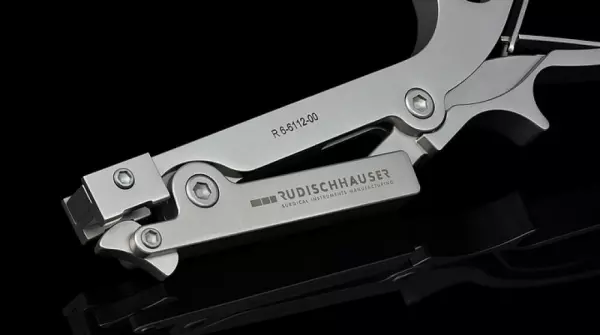
Spine - Instruments & Implants
We develop, optimise and manufacture a variety of spinal implants and instruments (e.g. pedicle scre...
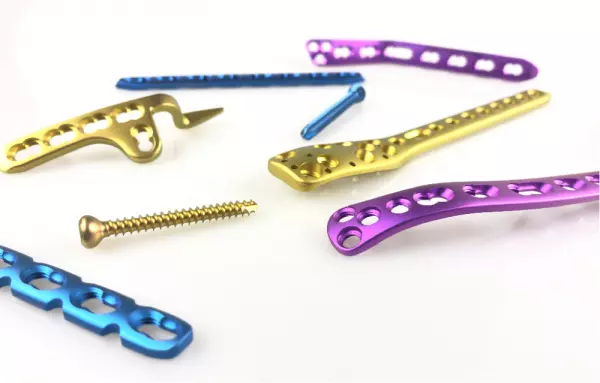
Premium-quality orthopaedic instruments and...
For use in orthopaedics,we offer premium-quality and robust instruments that meet all the deman...
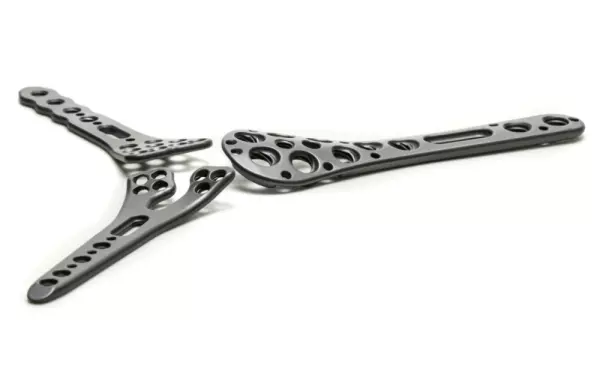
Titanium anodising type II dark anodising...
TYP-II titanium anodising - dark anodising for optimised surface properties TYP-II dark anodising...

The PSM Neuro Soft-Plate Fixations System
The Neuro Soft Plate Fixation System was specially adapted for neurosurgical bony defects and osteot...

EpiFIX™ Growth-Control-Plate - Sterile single-use...
EpiFIX™ Growth-Control-Plate - Sterile single-use kit for growth control A signif...
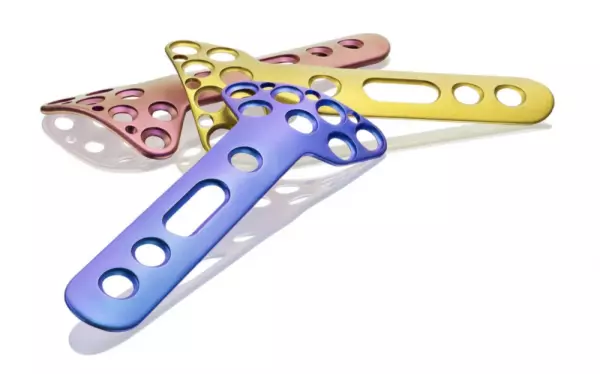
Titanium Anodising Type III color anodising...
TYP-III colour anodising - colour anodising makes the difference TYP-III colour anodising covers...
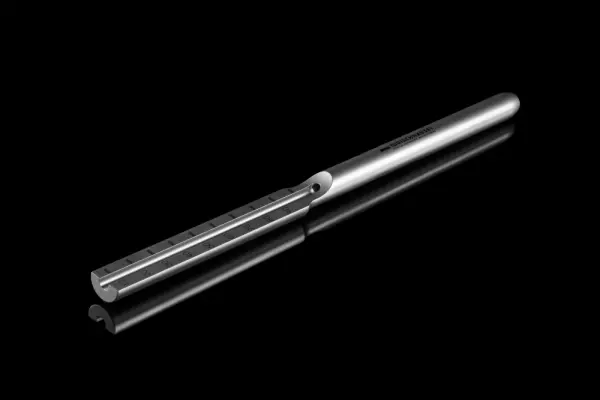
Traumatology - instruments & implants
We develop and manufacture a comprehensive portfolio for both internal and external fixation in the...
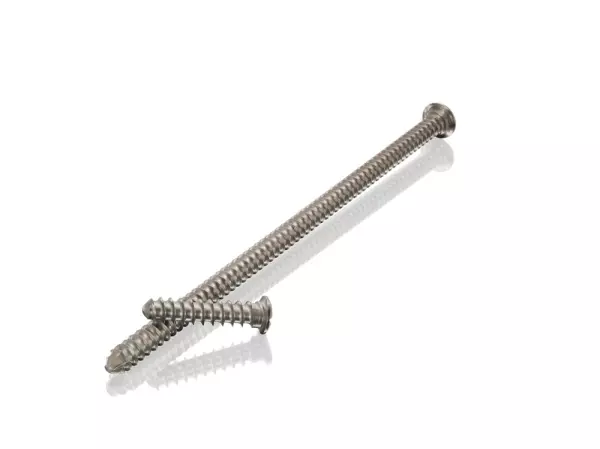
Surface finishing the perfect finish for...
Surface finishing - the perfect finish for your products Manufacturing sophisticated products is...
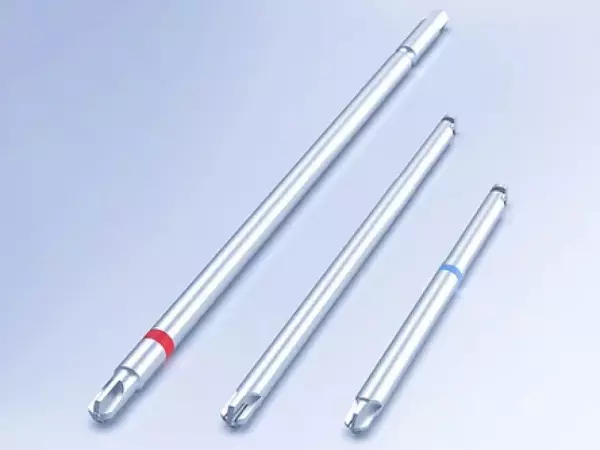
Orthopedic Products - Inserting Tools
The product range of cutting tools in the field of orthopedics includes: Phillips blades...
1 - 10 by 10 results
Bone plates

There are two primary types of fixation traumatology plates: those that are nonlocked and those that are locked. External fixators are more rigid than plate-and-screw constructs, but locked plates have some advantages over external fixators. They are easier to apply and less invasive, and they allow more freedom of motion at the fracture site. The study was conducted by Drs. Aaron M. Perdue, Arnold J. Silverberg, and Rachel V. Thakore, BA. They were also joined by Hassan R. Mir, MD, and David J. Polga.
The most common types of plates are the Contour Lock HTO plate and the TomoFix small stature plate. Both have locking screws and are designed to accommodate patients' weights up to 65 kg. The Contour Lock HTO plate is a short and narrow plate with a spacer block. The TomoFix small stature plate has a length of 112 mm, and is designed for people with shorter legs or shorter arms.
The latest developments in trauma fixation have been largely focused on polymeric materials. Carbon Fiber reinforced PEEK polymers are used to create bone fixation components. This can significantly increase the fatigue life of the implanted device. These improvements make the plate more durable, as they are designed to withstand a greater amount of force. It is important to choose a plate that is right for you. You should be able to trust it to hold a broken leg and will last for a long time.
The Centers for Disease Control defines trauma as "a wound caused by a force applied to a living body." It covers fractures and conditions that attack bone tissue. Fixation traumatology plates are essential frontline treatment for bone fractures. Although these devices are among the oldest medical equipment, their advancements are ongoing. High-performance plastics and other innovations have significantly increased the reliability of these devices. This allows them to perform their vital function and prevent reoccurrence of the same injury.
Surgical fixation is one of the most common methods of treatment. It involves the use of a plate to fixate a bone after a fracture has been fixed. It is important to choose the right plate for your patient, as it can affect your results. Choosing the right type of implant will determine the outcome of your surgery. You should ask the surgeon which is more comfortable and more durable. It's important to ensure that the implants are the most appropriate choice for your condition.
This study examined the mechanical strength of a plate for the treatment of fractures of the tibia. Tenth-generation tibial bone composites were evaluated using standard techniques, including a medial open-wedge high tibial osteotomy. Static compression failure was performed on all ten fourth-generation tibial plate composites underwent a cyclic test, which required the surgeon to measure forces and displacements. All tibial bone composites showed a rotation of the tibial head and a fracture of the opposite cortex.


